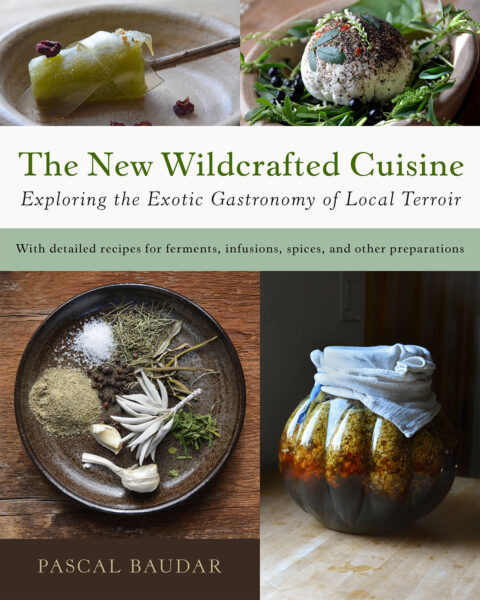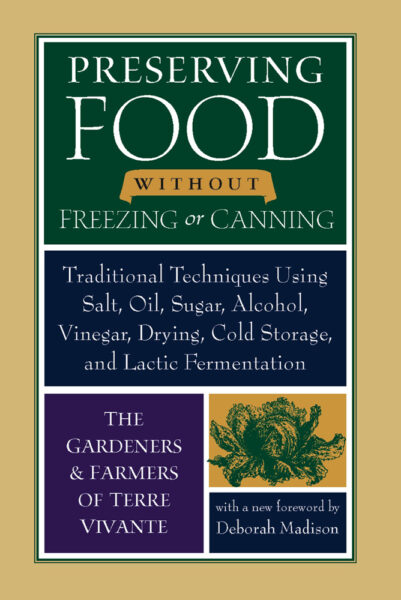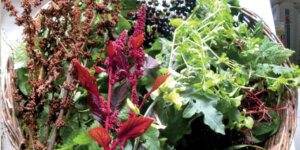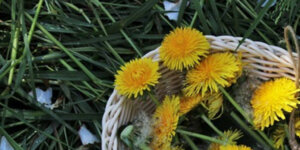Dilly Beans: Voted The “Best Snack Ever”
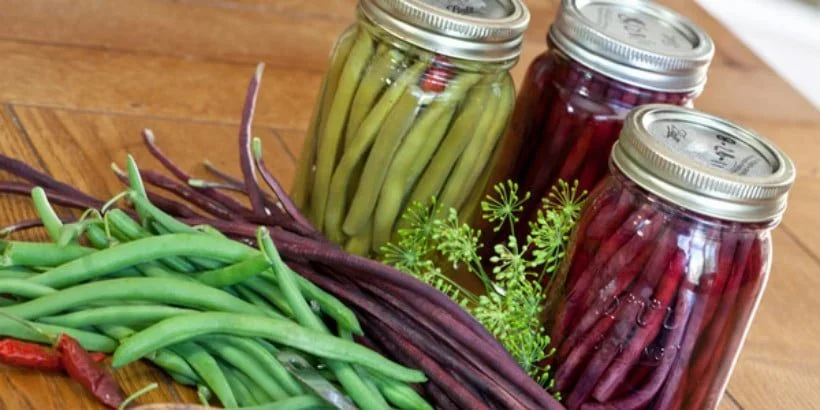
For those who love fermented foods, we now welcome you into the wonderful world of dilly beans.
There’s nothing quite like a dilly bean. Whether they’re next to a plate of cheese and crackers, on a sandwich, or taken straight from the jar in the middle of winter when you’re sick of potatoes and pasta, these are the perfect snacks or addition to any meal.
The following is an excerpt from Wild Fermentation by Sandor Katz. It has been adapted for the Web.
How to Make Dilly Beans
Pickling food in vinegar is not a fermentation process. In brine pickling, covered in chapter 5, vegetables are preserved by lactic acid, which is produced by the action of microorganisms on the vegetables. Vinegar pickling makes use of a fermented product, vinegar, but the acidity of the vinegar, along with heat processing, prevents microorganism action. Vinegar pickles contain no live cultures.
According to Terre Vivante, a French eco-education center focused on organic gardening and preservation of Old World food preservation techniques, “Pickles were always lacto-fermented in times past, and then transferred to vinegar solely to stabilize them for commercial purposes.”
Indeed, the great advantage that vinegar pickling has over lacto-fermentation pickling is that vinegar pickles will last forever (well, almost), while brined pickles will last for weeks or months, but rarely for years, and definitely not forever. Cookbooks are full of vinegar pickling recipes, so I will offer just one: the dilly beans my father makes from his garden every summer and serves to his family and friends all year long.
RECIPE: DIY Dilly Beans
Timeframe: 6 weeks
Special Equipment: Sealable canning jars: 1 ½ pint/750 milliliter size is best, as its height perfectly accommodates the length of string beans
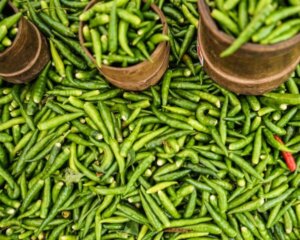 Ingredients
Ingredients
- String beans
- Garlic
- Salt (my dad swears by coarse kosher salt, but sea salt is fine, too)
- Whole dried chili peppers
- Celery seed
- Fresh dill (flowering tops best, or leaves)
- White distilled vinegar
Water
Process
1. Guesstimate how many jars you’ll fill with the string beans you have. Thoroughly clean jars and line them up.
2. Into each jar, place 1 clove of garlic, 1 teaspoon (5 milliliters) of salt, 1 whole red chili pepper, ¼ teaspoon (1.5 milliliters) of celery seed, and a flowering dill top or small bunch of dill leaves. Then fill the jar with beans standing on end, stuffing them as tightly as you can into the jar.
3. For each jar you have filled, measure 1 cup (250 milliliters) of vinegar and 1 cup (250 milliliters) of water. Boil the vinegar-water mixture, then pour it into the jars over the beans and spices, to ½ inch (1 centimeter) from the top of the jar.
4. Seal the jars and place them in a large pot of boiling water for a 10-minute heat processing.
Leave the dilly beans for at least 6 weeks for the flavors to meld, then open jars as desired and enjoy. My father serves these dilly beans as an hors d’oeuvre. Heat-processed pickles can be stored for years without refrigeration.
Recommended Reads
Recent Articles
Foraging wild plants in your area is a great way to shake up your culinary delights. Don’t know where to start? Below are our best foraging posts to get you started on your hunt for wild edibles. Foraging 101: Where to find your bounty We’ve given you descriptions. We’ve given you recipes. We’ve given you…
Read MoreYou can forget about waiting for your wine to ferment, because we have a recipe for dandelion beer that will be ready in just a week! Who knew those weeds in your backyard could make such a fun beverage? The following excerpt is from Pascal Baudar’s Wildcrafting Brewer. It has been adapted for the web.…
Read MoreNothing can be compared to the taste of a fresh, hot slice of pizza that came straight out of a wood-fired oven. By building your own clay wood-fired pizza oven, you’ll have this cheesy delicacy at your fingertips whenever you’re craving it! VIDEO: Building An Outdoor Clay Wood-Fired Pizza Oven Take it from Richard Miscovich,…
Read MoreChances are, you’ve seen cattails growing on the edge of your local lake or stream at least once or twice. Instead of just passing these plants, try foraging for and cooking them to create delicious seasonal dishes! The following excerpt is from The New Wildcrafted Cuisine by Pascal Baudar. It has been adapted for the…
Read MoreGarlic mustard: while known as “invasive,” this plant can be consumed in its entirety and has great nutritional value. Plus, the garlic-flavor is a perfect addition to any recipe that calls for mustard! The following are excerpts from Beyond the War on Invasive Species by Tao Orion and The Wild Wisdom of Weeds by Katrina…
Read More


